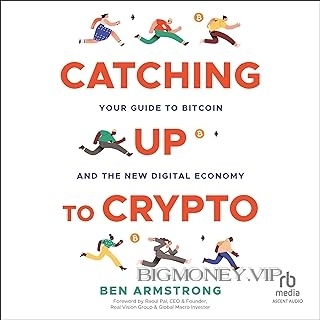
CHAPTER 1
The Great Devaluation: Old Money, Central
Banks, and the Fed
There is a long trail of victims around the world affected by the crimes that
led up to the economic crash of September 2008, when over $10 trillion
was wiped out of the American economy and millions of people lost their
homes. Homelessness has always been a problem in the United States, but it
became much worse after the 2008 crash. In the decade following the crash,
large tent villages began to pop up in every major city, and this
heartbreaking trend has continued to grow, even after the stock market
recovered and soared to new highs.
For nearly a decade beforehand, the government and large financial
institutions had promised that everything was okay, even though it should
have been obvious that the real estate market was in a bubble. Many
economists, like Peter Schiff and Nouriel Roubini, were actually warning
that this was the case, but the Federal Reserve (the Fed) and the bankers
assured the public that the fundamentals in the market were strong. Ben
Bernanke, who was chairman of the Federal Reserve at the time, said that
the “troubles” in the “subprime sector” would be “limited,” and that they
did “not expect significant spillovers from the subprime market to the rest
of the economy or to the financial system.”
The media was complicit as well. “Mad Money” Jim Cramer was on
television night after night telling his viewers to keep their money in failing
institutions like Bear Stearns: “Bear Stearns is fine. Do not take your money
out. If there's one takeaway, Bear Stearns is not in trouble. I mean, if
anything, they're more likely to be taken over. Don't move your money from
Bear. That's just being silly. Don't be silly,” Cramer shouted at the camera.
Unfortunately, these assurances couldn't have been further from the truth.
The market was a house of cards, and it was only a matter of time before it
came crashing down.
This crisis began in the real estate markets. In the late 1990s, the Federal
National Mortgage Association (FNMA), a government‐sponsored financial
institution commonly known as Fannie Mae, began experimenting with
something called “subprime mortgages.” These were basically high‐value
mortgages that were given to working‐class people with low credit scores –
essentially, people who weren't actually qualified to receive the loan. As a
result they were “highly leveraged”: meaning that, ultimately, the debt to
the financiers was greater than the combined value of the owners' income
and their home.
That's because the banks covered their assets by implementing very strict
terms on these types of loans. These loans didn't just have high interest
rates; the rates were also adjustable, which meant that they would fluctuate
based on market conditions, such as changes to the Fed's balance sheet. In
the mid‐2000s, the Fed began raising its rates after years of offering cheap
money, and interest rates for homeowners began rising to unaffordable
levels. People quickly found themselves unable to pay their mortgages, and
had to forfeit both their homes and the money they'd invested in them. And
because the banks had signed off on way too many of these unconscionably
predatory loans, foreclosures began to spiral out of control. Numerous
financial institutions were facing ruin as a result of the crash, including
many with federal backing, but the government stepped in with a massive
$700 billion bailout package to save them and prevent further damage to the
economy.
In other words, “too big to fail” criminals were given the chance
to recover (and rebound) from the consequences of their mistakes – a
benefit that taxpayers and small business owners have never received. Wall
Street was rescued, but Main Street was left holding the bag, which made it
very obvious that our financial system is not designed to protect the average
person. Most Americans were furious, regardless of where they fell on the
political spectrum. It was one of the few times that the left and the right
actually agreed about something. That political cease‐fire didn't last very
long, however, since the tribes quickly took their grievances in separate
directions – through movements like the conservative Tea Party (which
began in 2009) and Occupy Wall Street (which began in September 2011).
But the crash of 2008 revealed the cracks in the system, and forced people
from all walks of life to get more educated about economics.
Crypto: Your Guide to Bitcoin and the New Digital Economy Download by Ben Armstrong




